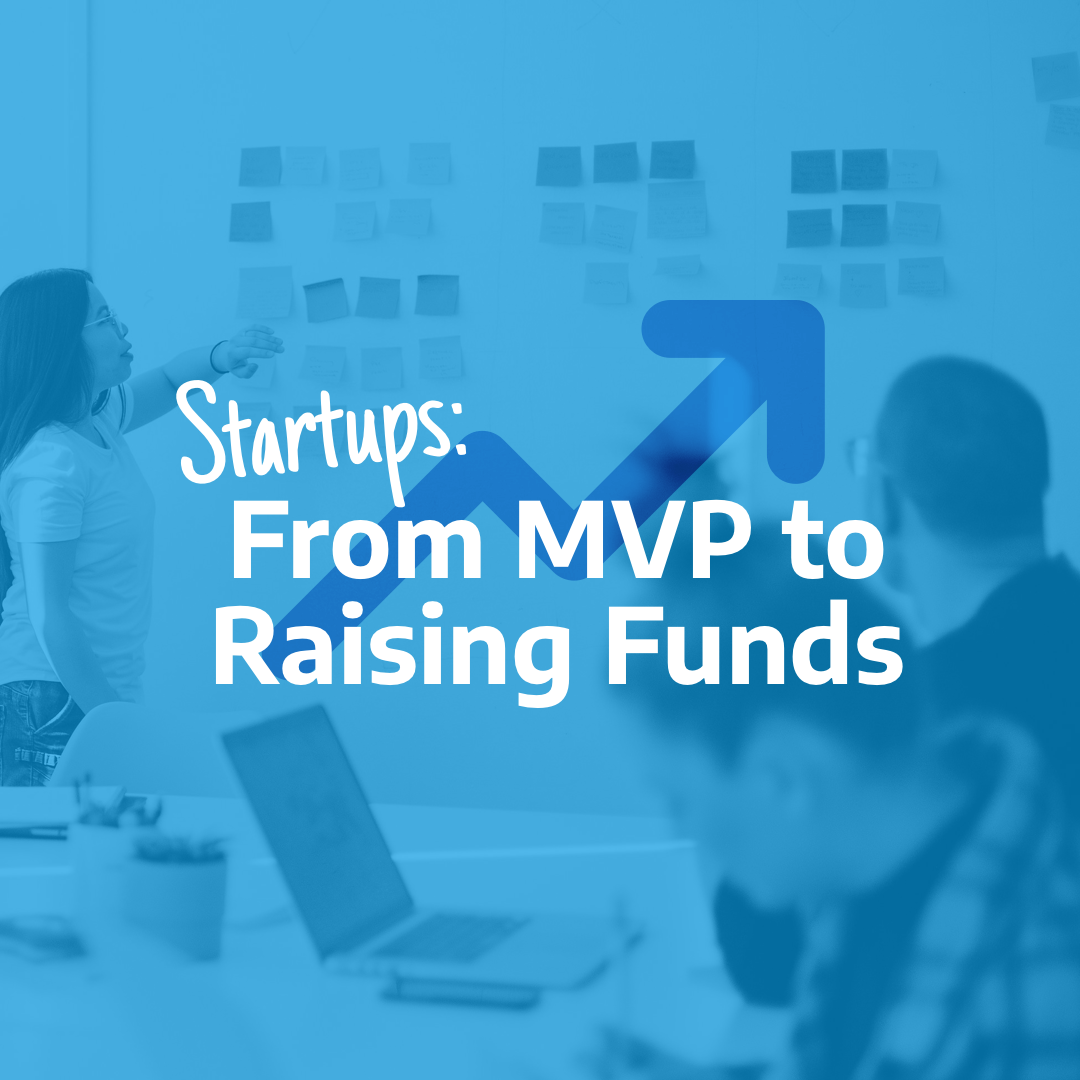Creating an MVP to Generate Revenue before Raising Funding

In today’s day and age, getting funding from a Venture Capital firm can be an extremely arduous task. The odds of getting money from Andreessen Horowitz, a popular VC firm in California, is about .7%. While that number may seem daunting to up-and-coming startups, creating a Minimum Viable Product or a MVP App might be the best way to go for you and your business. Here are three main ways you can benefit from creating an MVP.
What is an MVP?
In general, an MVP is a cost effective visual asset that attempts to communicate exactly what your goal is. To dive deeper, there may or may not be code required for your MVP depending on your strategy, however the front end interface should be strategized well and working smoothly. Additionally, the design of your app is also vital because that is the first thing investors and customers are going to notice. The overarching objective of the MVP is to be comprehensive enough to articulate your vision, but simple enough to pivot incase of unfavorable feedback.
Investors want more than a Pitch Deck
First, VC investors want more than another 15-slide pitch deck. It is significantly more difficult for investors to see another pitch deck and try to picture a tangible product and how customers will respond to it. Creating an MVP gives investors something tangible to play with, gives them a better understanding of how you and your business are planning to engage your customers, and shows that you are really motivated into taking your business to the next level because you have already put in some work. Most importantly though, it lets investors get a good feel for your product and what your vision is. This way they are investing in an actual product instead of just an idea.
Firsthand Feedback
On top of getting feedback from investors, your future customers can also provide some insight feedback on your MVP. Afterall, they are the ones the app was made for. If the customer feedback is really positive, that will look great to an investor. You have firsthand, accurate data, showing your future customers want this product - that is the perfect recipe for a great meeting with an investor. On the other hand, if your feedback was not as positive as you were hoping for, at least you did not spend 5 times as much money on a fully developed product that is hard to pivot from. With the MVP, you can adapt it after your trial run to better meet your customers needs then send it back in the market and see how your data has shifted. To sum it up, an MVP is a cost efficient way of testing how your customers feel about the product.
Is the App Meeting your Goals?
Lastly, having a tangible product in your hands can help you assess if this expresses your vision in the way you want. Sometimes, just based on the designs, it can be hard to judge whether this will be beneficial to you or not. With the MVP, since you can send it out to the market, you are able to evaluate, using the data collected, what the customers feel your image and idea is. Without an MVP, that type of analysis is hard to achieve.
Conclusion
Creating an MVP provides powerful insight to your business and your potential investors, all while being cost efficient and easy to adapt depending on feedback from customers. It is definitely worth the investment to generate an MVP before your business attempts to get funding from a VC firm.
